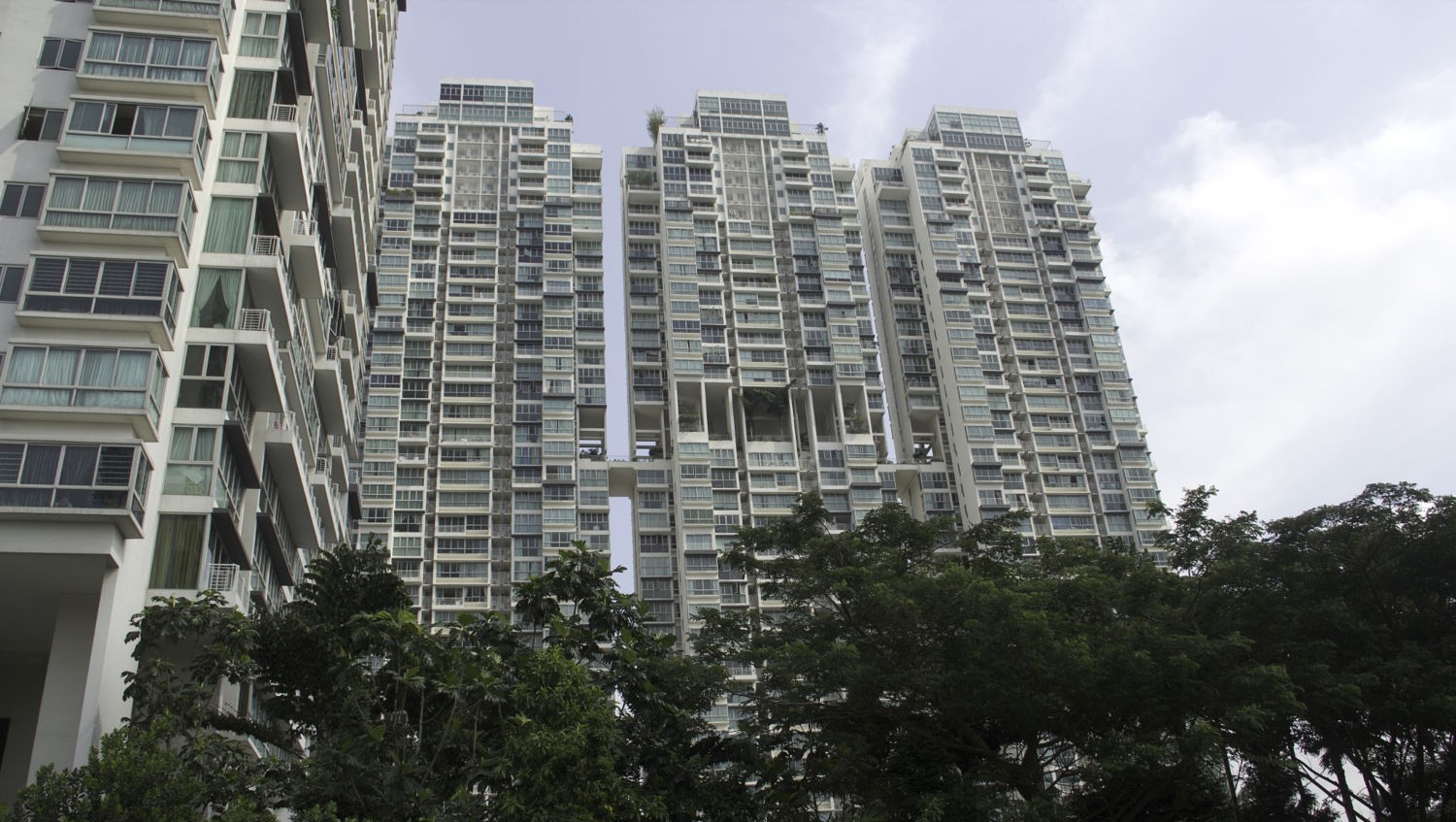SINGAPORE — The Monetary Authority of Singapore (MAS) has refined the Total Debt Servicing Ratio (TDSR) framework to allow all homeowners to be exempted from meeting the 60 per cent threshold when refinancing mortgages of the home they reside in.
In a statement on Thursday (Sept 1), the central bank said the move was taken in response to feedback from some borrowers who are unable to refinance their existing property loans at lower interest rates due to the TDSR framework, which requires financial institutions to ensure loans they approve do not push borrowers’ debt servicing ratio above 60 per cent of their gross monthly income.
But from Thursday, the same concession has been extended to homes bought after the implementation as well, MAS said. It emphasized that the move is not an easing of property cooling measures and the framework continues to apply to new property loans.
“The TDSR is a structural measure to encourage prudent borrowing by households. The adjustments will help borrowers to refinance their existing property loans at lower interest rates and better manage their debt obligation over time,” said Mr Ong Chong Tee, MAS deputy managing director.

The latest tweaks also allow investment property loans to be refinanced above the TDSR threshold regardless of when the property is purchased. However, borrowers have to commit to a debt reduction plan to repay at least 3 per cent of outstanding balance over a period of not more than three years, as well as fulfil their financial institutions’ credit assessment. The Mortgage Servicing Ratio limit will also not be applied to refinancing of housing loans for Housing and Development Board flats and Executive Condominiums that are owner-occupied.
Analysts said the central bank’s announcement on Thursday was timely given weaknesses in the economic environment, which could affect homeowners’ ability to repay their loans.
“The move to tweak TDSR for refinancing can be read as a reiteration that the Government is not in favour of a hard-landing in the property market,” said Ms Christine Li, Cushman & Wakefield’s research director, adding that the tweaks help to ensure market stability by preventing more cases of forced selling by owners who could not refinance under the old TDSR rules.
Currently, about 2.5 per cent of new home loans are above the TDSR threshold. The MAS had said when it introduced TDSR that property loans in excess of the 60 per cent threshold should be granted only on an exceptional basis.

Changes in TDSR rules for property loans refinancing
For owner-occupied homes
Previous: Those bought before introduction of TDSR on June 29, 2013, are exempted from the 60 per cent threshold
Now: TDSR threshold does not apply regardless of purchase date
For investment properties
Previous: Those bought before introduction of TDSR are allowed till June 30, 2017, to refinance above the 60 per cent threshold when they commit to a debt reduction plan and fulfil credit assessment by financial institutions
Now: TDSR threshold applies regardless of purchase date unless borrowers commit to repay at least 3 per cent of the outstanding balance over a maximum of three years, and fulfil credit assessment by financial institutions.
It’s not about property ownership it’s about control! To get more details. [thrive_link color=’green’ link=’http://wma.my/dmi/?r=kim&b=4295e272&chan=wpww’ target=’_blank’ size=’small’ align=”]Click here[/thrive_link]
How to become a wise investor and to avoid mistakes when you invest? To find out more. [thrive_link color=’orange’ link=’http://propertyseminar.com.my?r=kim&b=916ba54d&chan=wpw’ target=’_blank’ size=’small’ align=”]Click here[/thrive_link]
Like this article or found it helpful? Share it!
Follow us on Twitter for more news, tips and inspiration. Become our mate on Facebook and explore our Pinterest boards.

